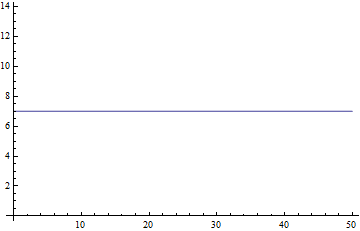

The Wolfram Language: A multi-paradigm language which covers symbolic computation with procedural, functional, list and rule-based programming.What it is, is the most comprehensive environment for "technical computing" by providing the follow functionality: It's probably not the most predominant (as you have to pay quite a bit for commercial use) system so people use Python or R for example. A bold statement which is partially true. Wolfram define Mathematica as "The world's definitive system for modern technical computing". Since the Documentation for wolfram-mathematica is new, you may need to create initial versions of those related topics. It should also mention any large subjects within wolfram-mathematica, and link out to the related topics. Dive right in.This section provides an overview of what wolfram-mathematica is, and why a developer might want to use it. I'm sure you'll find that your time with Mathematica 11 Essential Training will be time well spent. The final chapter, chapter eight, shows you how to create shareable, computable document format files, add animations to your notebooks, and get started with the Wolfram Cloud. In chapter six, you'll learn tips to help you create and debug Mathematica scripts, while chapter seven demonstrates how to plot your data using the capabilities built into Mathematica 11. Chapter five delves deeply into matrices, demonstrating how to create, add, and manipulate matrix data. Chapter three shows you how to manage lists of data, while chapter four demonstrates how to perform statistical analysis to help you gain insights into your data.

Next, I'll show you how to assign values to variables, import data into Mathematica, and research the results of your calculations using Wolfram Alpha. I'll start by showing you how to run Mathematica, manage Mathematica notebooks, and get help if you need it. In this course, I'll show you how to use Mathematica to perform calculations on your data.

Welcome to Mathematica 11 Essential Training.


 0 kommentar(er)
0 kommentar(er)
